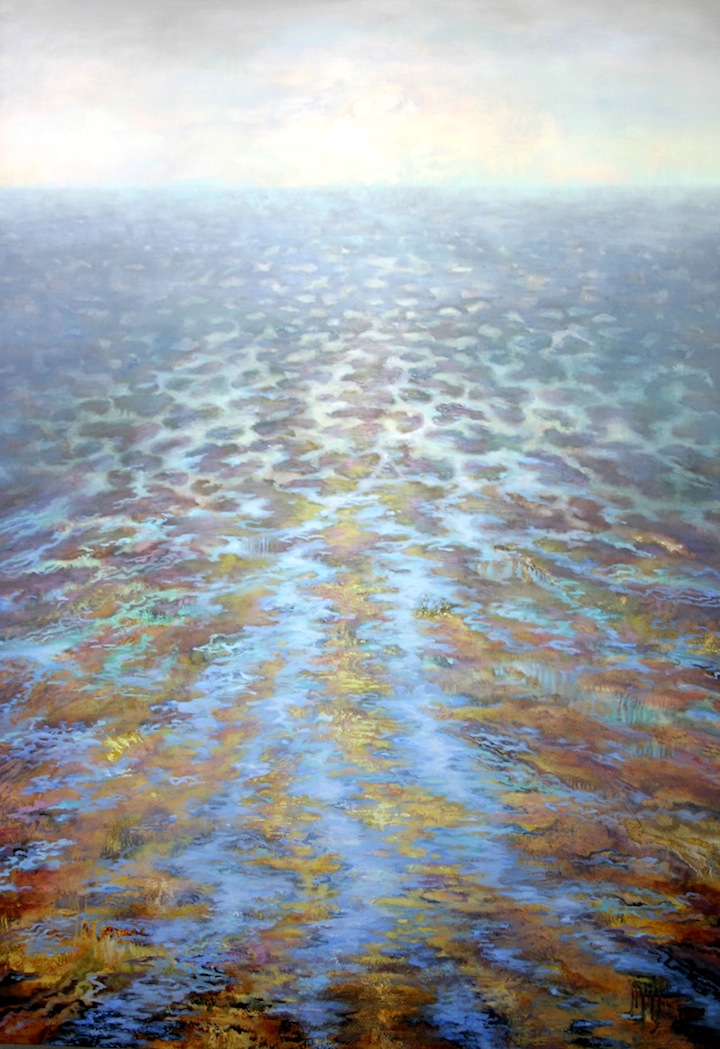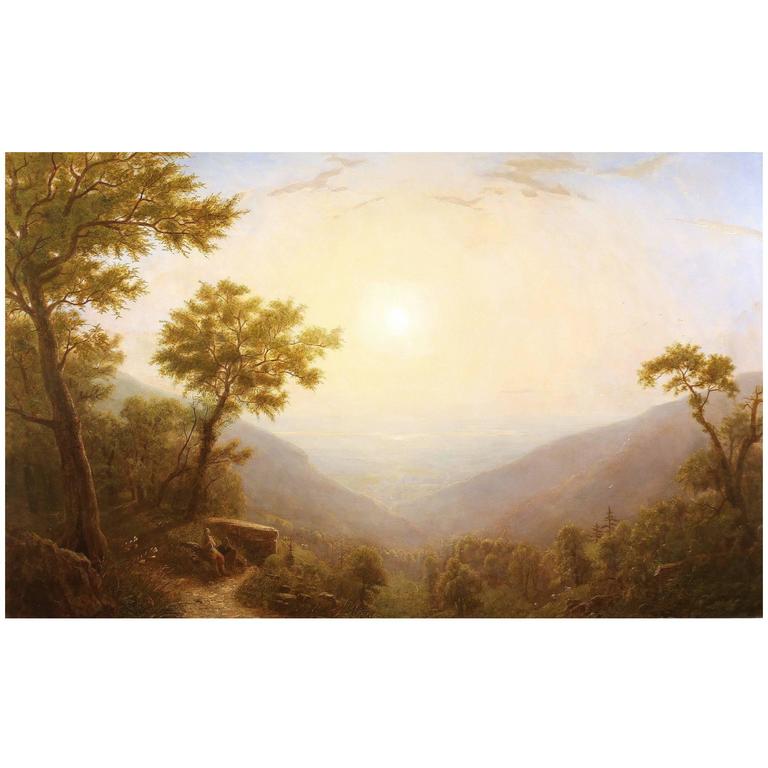

Turner's late watercolor sketches, with their energetic brushwork, radiant color, and dissolving form, his subjects are barely recognizable.Always on SundayAugust 14, 2:30-3:30 pmAre you interested in learning about British watercolors? Join K. Market your business Communicate internally Collaborate on video Monetize your videos. The Luminous Landscape is a member of Vimeo, the home for high quality videos and the people who love them. With minimal underdrawing, watercolor was directly applied in veils of color washes and loose brushwork, evident in the paintings of David Cox, Peter De Wint, and Richard Parks Bonington. The Luminous Landscape is a member of Vimeo, the home for high quality videos and the people who love them. Working outdoors and quickly to capture changing light effects encouraged spontaneity and invention. Watercolor's luminescence and speed of application allowed artists to capture atmospheric conditions as never before. The early 19th-century Romantics took a close look at nature increasingly included being attentive to the fleeting effects of weather. His sublime views conveyed his emotional response to nature's drama and were extremely influential for British landscape artists of the next generation. John Robert Cozens took the expressive possibilities of the medium furthest at this time. Others, among them Francis Towne and John"Warwick" Smith, began to experiment with more painterly effects. Topographic watercolors from the mid-18th century were typically drawn in graphite or pen and ink and tinted with color washes, such as those by Thomas Jones and Jonathan Skelton. Over the next century, as artists took an increasing interest in the observation of nature, these traditions expanded in new directions. Early 18th-century British landscapes were of two types: topographical views, which were recognizable depictions of specific places, and imaginary or idealized views inspired by 17th-century Continental artists in oil such as Claude Lorrain and Nicolas Poussin. The innovations of these artists elevated both the landscape subject and the watercolor medium from their former lowly ranking in British Royal Academy's hierarchy of genres to one of international recognition. The Museum's holdings in this area now number over 800 sheets, illustrating nearly all of the practitioners.

The first gifts were made in 1969 and have continued to the present. The RISD Museum has a particularly fine collection of this work, primarily due to the remarkable generosity of an anonymous donor.

The watercolor medium and landscape subject were auspiciously linked in Britain during the late 18th and early 19th centuries, and the dynamism generated led to a significant artistic achievement.


 0 kommentar(er)
0 kommentar(er)
